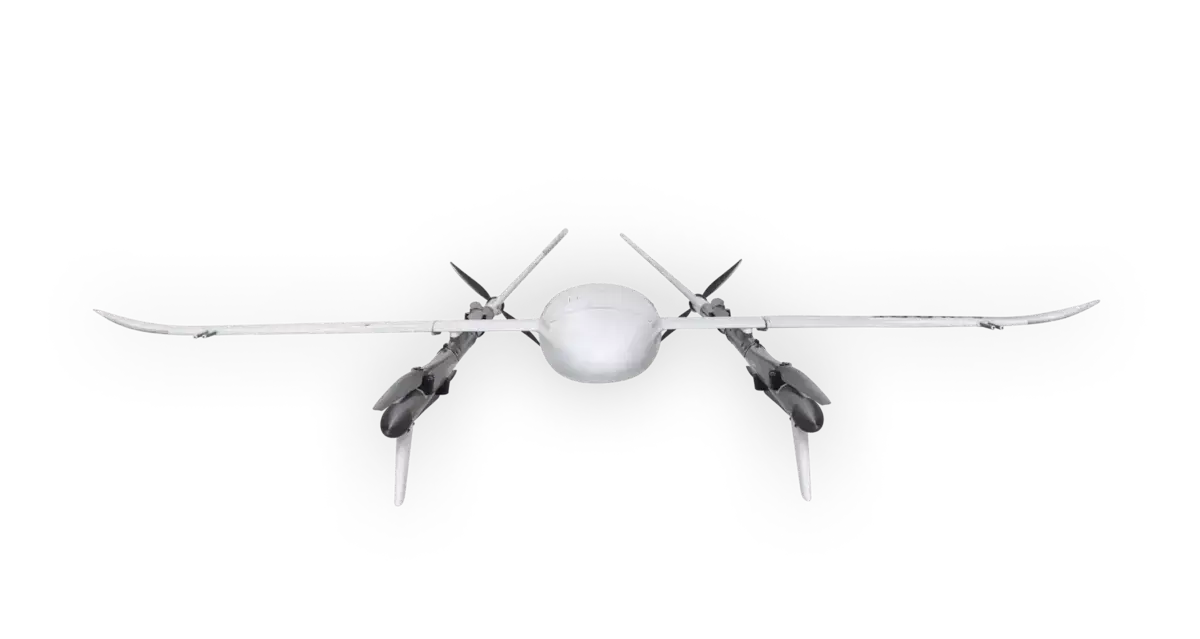The value of using technology for good
19 October 2019
Swoop Aero is transforming the way healthcare is delivered to everyone, everywhere
As frontier technologies go, drones have a bad name. From controversial attacks in war zones to the disruption of peaceful natural beauty spots, the list of complaints is long. But when this technology is put to good use, the results can be impressive, and the positive impact enormous. Reducing inequality is a key tenet of the UN’s sustainable development goals, and as a recent UN report outlined, the potential for harnessing high-tech solutions to achieve these goals is huge. Unequal access to basic healthcare is one of the worst culprits of inequality more widely in today’s society, leading to gaps in life expectancy and quality of life around the world. Swoop Aero is seeking to eliminate this.
Drones have long been used for humanitarian mapping purposes; in countries where natural disasters are frequent and damaging, this can help with disaster planning and harm reduction. But a more recent application, in which Swoop Aero is a market leader, has been in transporting medical cargo; and it is here that the effects on healthcare delivery for those that might otherwise get substandard care can make a real difference.
Inequalities in healthcare exist everywhere in the world, from Swoop Aero’s doorstep in Australia to the Democratic Republic of the Congo and beyond. One of the key drivers of this inequality is access; higher population density around high quality facilities means a higher % of the population has access to quality healthcare. A dispersed population or poor quality regional healthcare facilities mean lower quality care. The reasons for the low quality of healthcare received by some people in Australia and the DRC vary, but the outcome is the same.
Why should we use our airborne transport technology to change this?
Setting up the networks to deliver these changes primarily makes sense when combined with tele-health services to deliver high value medications, blood and pathology samples, that require specific transport and storage conditions, or for more generic medication when the need is urgent. The benefit of using this solution is that deliveries can happen on demand, which optimises the supply chain and means that healthcare providers can give end users better care, for the same or lower cost.
Optimising the 2-way capabilities of the network might involve sending vaccines to a remote health centre for ad hoc immunisations, with urine or blood samples going back on the return flight to a central pathology lab when required.
The benefits of using Swoop Aero aircraft to bring greater efficiency to healthcare distribution are multifold;
- For pathology labs, centralising pathology services means faster diagnoses, faster treatment, and savings for the healthcare service downstream. In Australia, for example, many pathology labs are running at surprisingly low utilisation rates for large chunks of the day, because the cost of transporting individual samples means that they are accumulated into batches before being delivered to the labs. Reducing the cost of delivery means that samples can be processed on-demand, leading to better healthcare outcomes.
- For preventative medicine, on-demand healthcare allows preventative action to be implemented properly, meaning savings for the healthcare system further down the line.
- For vaccine, blood and cold chain medications, their effectiveness can be guaranteed as they can be stored at a central location under the appropriate conditions, and transported on-demand to where they need to go, when they need to go.
- For delivery of medical care for optimal outcomes, on-demand healthcare means that healthcare facilities don’t have to worry about storing medications for a wide range of conditions for months in advance. They can optimise their supply chains and order what they need, when they need it, and know that it will arrive in time to solve the problems they face.
The true value of using drone technology for good
Whilst using drones to deliver burritos is arguably not harmful in itself (discounting any negative externalities around noise pollution and fast-food related obesity concerns), there is a clear case for channeling the development of new technologies such as drone transport into more socially impactful ventures. As climate protests around the world have brought to our attention in recent times, we need to be more focused on the cost of our actions and choices not just in dollar terms, but also in terms of the impact that our decisions have on the environment and on the wellbeing of our fellow and future inhabitants of the planet. Using drones instead of motorbikes in countries with low labour costs to deliver medications may not always be the cheapest solution in terms of $ output, but if we quantify the environmental benefits (our electric aircraft are 20x more energy efficient than a Tesla over the same distance), the lives saved, and the healthcare expenditures saved down the line, we are telling a very different story.

